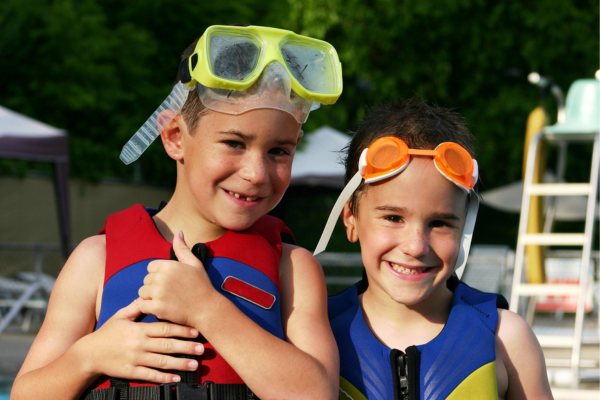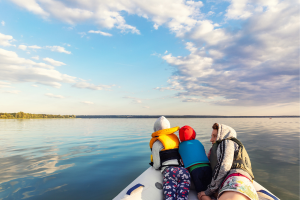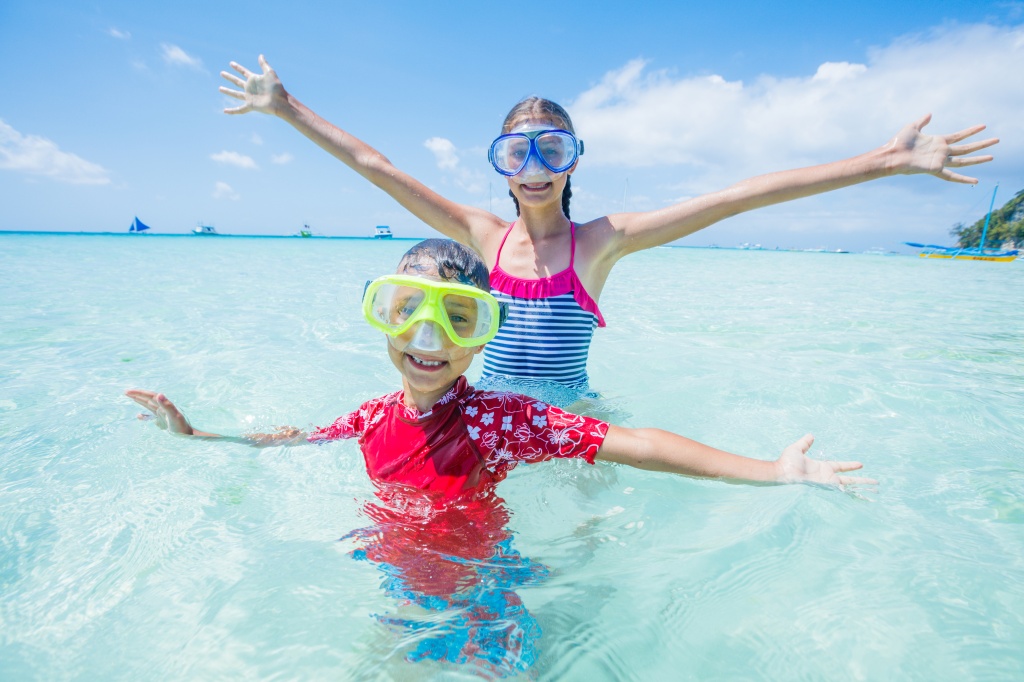Are You Water Smart?
Take the Water Smart Parents Quiz to test your water safety knowledge and skills.


Water Smart Parenting
Anytime. Anywhere.
Local pool, vacation, cottage, water park. Spring, summer, fall, winter. Anywhere, anytime. You can be a Water Smart parent.
Learn how to safely enjoy your family time in and around the water with confidence.
How to Be a Water Smart Parent
01
Know the Risks
Water Smart Parents are informed. They know what risk factors most affect their family, and work to prevent them. Read the Lifesaving Society’s most recent Drowning Report to learn more.
02
Prepare
Wherever you’re going, a Water Smart parent is always prepared. Here you’ll learn what to pack, where to swim, and things to consider. Find out how to make your next adventure Water Smart.
03
Participate
Water Smart Parents stay where the action is. They actively supervise their kids. Their motto is, “within arms’ reach,” and they always have their eyes on the prize.
04
Learn
You’re never to old to learn to swim. Water Smart Parents learn to swim, take first aid and Bronze Medallion courses so they can rescue themselves and others. Find a course.
Your Kids Need Water Smart Parents
Drowning is preventable, and Water Smart parents are equipped with the knowledge and skills to protect their children. Understanding the common risks will help you make the right choices as you safely enjoy swimming and water activities as a family. Teaching your children to be Water Smart will grant them a lifetime of fun in any aquatic setting.
Infants and Toddlers (ages 0-4)
Most drowning victims among under 5-year-olds are 2- to 4-year-olds.
Two to 4-year-olds are increasingly mobile as they progress through the toddler years. They are inquisitive and take advantage of their ever-expanding range and speed of mobility. They have no awareness of looming aquatic danger. It is up to parents and caregivers to protect them. Toddlers and children under 5 are at risk when they are playing near water – far and away the activity most involved in toddler drownings.
Private backyard pools present the greatest danger at this life stage, accounting for one-third of water-related deaths for young children under 5 years, although beaches and waterfronts on lakes and rivers also contribute.
By far the biggest risk factor for young children is lack of supervision from parents or caregivers. Almost all these young victims were alone when they became immersed in water. The lapse in attention may have been just a few moments, but it was fatal.

Children (ages 5-12)
Drowning victims in this age group tend to be in the water as opposed to toddlers who tend to be near the water.
Lakes and rivers are the settings that account for more than half of drowning among 5- to 12-year-olds. Playing in water and swimming are what two-thirds of 5- to 12-year-old victims were doing when they drowned.
One-quarter of victims were non-swimmers. And although children of this age are often playing with friends, one-quarter of victims were alone and another one-quarter were with other minors (no adults present).

Teens (ages 13-18)

The drowning death rate climbs as children enter their teenage years and begin to “push the envelope” with riskier behaviour.
Most teenage drownings happen at lakes and rivers, less so at the home pool. Half of fatal incidents occur while swimming, but other aquatic activities enter the mix as well, including powerboating, diving and jumping into water, and partying near or on the water.
Diving into shallow water is a particularly high risk activity, whose impact is only partially reflected in the drowning statistics. Many other victims suffer a broken neck or catastrophic spinal cord injury and, while they survive the incident, are paralyzed for life.
More than half of 13- to 17-year-old victims were not with adults when they drowned – either alone or with other minors. And one in five were non-swimmers or weak swimmers. Although still underage, alcohol and drugs play a significant role in elevating risk for 13- to 17-year-old victims.
Non-Fatal Drownings
Drowning is often thought of as fatal, when in fact there are many more non-fatal drownings than drowning deaths each year. People who experience a non-fatal drowning may face serious health issues as a result, often for the rest of their lives. For every fatal drowning in Ontario, there are nearly four non-fatal drownings that are serious enough to require an emergency department visit.
During 2012–2021, 996 patients were hospitalized after being transferred from an emergency department due to non-fatal drowning, an average of 100 per year. Children and youth (aged less than 20 years) had the highest number and rate of emergency department visits for non-fatal drowning (8.2 per 100,000). During 2012–2021, 2,541 0–19-year-olds attended an emergency department for non-fatal drowning, an average of 254 per year.
When compared to fatal drowning, there were 3.5 times the number of non-fatal drowning incidents serious enough to require an emergency department visit.
Top Spots for Water Smart Parenting

Water Sports are an exciting way to spend your summer. Get prepared, take lessons and be Water Smart.

Planning a memorable family vacation? Get Water Smart tips so you know before you go.


